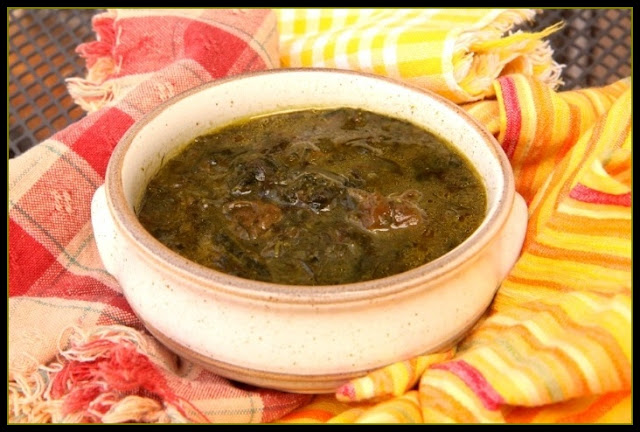Wild Plum Ketchup
 Over my years of foraging, I've come to recognize wild plums (Prunus americana var. ignota) as the iconic fruit of this region, where the plains push up against the Rocky Mountains.
Over my years of foraging, I've come to recognize wild plums (Prunus americana var. ignota) as the iconic fruit of this region, where the plains push up against the Rocky Mountains.In the springtime, the air is heavy with the scent of wild plum blossoms. As summer progresses, the fruit develops from looking like a green olive, to blushing with astonishing sunset hues of pink, lavender, burgundy, and peach.
Once you know how to spot a wild plum tree, you realize that the entire region is lined with them. Wild plums soldier bike paths, grow at the edges of farms and in fields, and make frequent appearance next to roads. The fact that wild plums are abundant in the ditches where I forage has led me to give them the affectionate nickname, ditch plums.
Wild plum trees grow squat and shrubby, ranging from 5 to 15' in height, and tend to grow in clusters. Plum leaves are elliptic, serrated, and are generally from 2-4" long. The strongly-scented white blossoms of wild plum in the springtime are quickly replaced by round fruit that grows to be about 1" in diameter. Wild plums have a pit in the center that looks exactly like the pit you'd recognize in a commercial plum.
Wild plums aren't ripe until they will drop from the tree with the barest touch. If you harvest them before this time, the skins will be quite bitter (but they usually ripen well if you leaves them in a single layer in a cool, dry place). I prefer to wait until the plums actually fall from the tree, and just scoop them up from the ground. If you've got a wild plum tree on a flat surface, it also works well to place a sheet or tarp under the branches, then shake it vigorously and collect the plums.
Wild plums are a deliciously complex fruit. They are bright and tart just under the skin, with sweet floral fruit next to the pit. They take well to baked dishes, jams, and also to a surprising number of savory dishes.
Wild plums are my favorite fruit for making ketchup. Using plums to make ketchup may sound a bit odd, but they are a fruit, as are tomatoes. If you don't have wild plums, you can substitute commercial plums, or any other stone fruit you please. Peaches and nectarines also make lovely ketchup.
 Before cooking this recipe, make certain that your wild plums are completely ripe. The skin of unripe wild plums will add a bitterness to recipes that can't be corrected. There are several ways to make plum puree. Because wild plums are small, it isn't practical to scald them to remove the skin, as you'd do with commercial-sized stone fruit. Instead, I've come to use this method.
Before cooking this recipe, make certain that your wild plums are completely ripe. The skin of unripe wild plums will add a bitterness to recipes that can't be corrected. There are several ways to make plum puree. Because wild plums are small, it isn't practical to scald them to remove the skin, as you'd do with commercial-sized stone fruit. Instead, I've come to use this method.To make plum puree, start by bringing a large pot of water to a rolling boil. In batches, place 2-3 c. of wild plums into the boiling water, let them cook for approximately 2 minutes, then fish them out with a strainer. You want them to be in the boiling water long enough to cook, but not long enough for the skins to burst. Once all of the plums are cooked, pass them through a food mill. This will leave you with a gorgeous pink puree, free of skins and pits.
Feel free to vary the amount of vinegar, sweetener, and spices in this plum ketchup recipe to suit your tastes. Just keep tasting it until it hits the right ketchup-y notes for your palate. Wild plum ketchup can be used in all the places you enjoy tomato ketchup, from burgers to fries to meatloaf. Try plum ketchup with roasts and game meat. Or try using plum ketchup as barbecue sauce.
Wild Plum Ketchup
2 c. cooked and strained plum puree
1/2 medium onion, pureed
1/4 c. apple cider vinegar
1/2 c. honey
1 tsp. cinnamon
1/2 tsp. ground cloves
a few scratches of nutmeg
1/2 tsp. salt
1/4 tsp. aleppo pepper
1/4 tsp. freshly ground black pepper
1. In a heavy-bottomed pan, combine all of the ingredients, and bring the mixture to a low simmer.
2. Let the plum ketchup cook until it thickens to a jam-like consistency.
3. Cool to room temperature. Store the plum ketchup in the refrigerator.
This is my entry into the Hearth and Soul hop and Real Food Wednesday this week. Click the links and delight in all the real food recipes.

